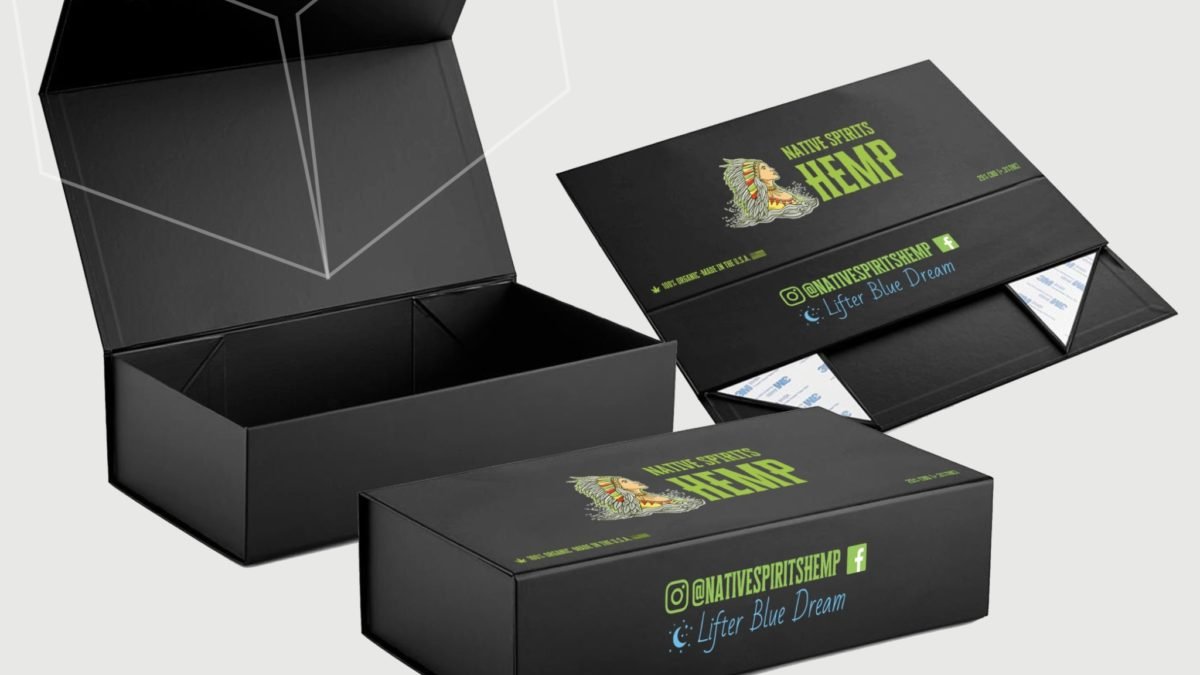The CBD packaging of a product, in some ways discounted, suitably equipped can become an information tool, a portable advertising media and therefore part of the product itself, considerably expanding the primary function of CBD packaging, which always remains that of containing and protecting.
The Best Origins
The origins of modern CBD packaging can be traced back to the late eighteenth century when the Industrial Revolution introduced massive changes in the manufacturing industry. While before this great historical event most of the production processes were based almost exclusively on manual labor and the limited production of goods, the introduction of large-scale mechanization allowed the production of increasingly large quantities of items.
- From this arose the need to preserve, protect and differentiate the product: above all metal boxes were developed, more suitable than cardboard for the sale of perishable goods – such as biscuits or pastries – for which a high degree of protection was required.
- At the turn of the twentieth century, production techniques had developed so much that they allowed the creation of containers in all shapes and materials, useful not only for selling the product but capable of responding to new needs, changing one’s image in relation to socio-economic conditions.
Contingents and the orientation of the different aesthetic movements
The envelope can be defined as a “search for three-dimensional forms, capable of containing in an appropriate, functional and aesthetic way” an asset intended for sale; but the terms opportune, functional and aesthetic take on different meanings over the course of the century.
At the beginning of the twentieth century, the CBD packaging boxes was asked to protect the contents during transport and to present it to the hypothetical buyer with an elegant dress, which enhances the shape and satisfies the visual desire. Beauty is an absolutely necessary prerogative for the envelope which, far from being considered a communicative entity, is still felt as an object totally independent of the content: one to be consumed, the other to collect.
The situation recorded a first change around the Thirties, when the United States, already developed a market and mass consumption, began to look at the production sector with greater interest and therefore even the CBD packaging received an attention previously unknown by some. designers such as Raymond Loewy 3 who work directly in this sector. It is a subtle but important change, because the CBD packaging is considered for the first time in its appearance, that is, in that aspect specially designed to better sell a product, without any other purpose.
A new salesman has entered the commercial reality, a silent salesman , as a definition from overseas states, a person without words, but ready to launch messages on the linguistic circuit and able to make himself understood.
The real transformation that affects the world of CBD packaging, changing its functions in a fairly radical way, dates back to the post-war period and in particular to the 1950s, a time when Europe too knew mass consumption and above all modern distribution systems, including which is undoubtedly self-service sales that modify the reality of products, which have the duty and the right to own a package to enter the commercial circuit.
Last Words
Goods, buyer, place of sale and producer are the subjects of the market, among which new and different relationships are now being established: at the center of the system is the CBD packaging which, on the one hand, seeks direct dialogue with the consumer, in need of reassurance because it has lost all direct contact with the place and the subjects of production, on the other hand it responds to the distribution needs, to the problems of stocking and disposing of products in the point of sale. Furthermore, if the goods increase in quantitative terms, they need a distinctive, functional or aesthetic trait or both, to be recognizable among the crowd of products that animate the supermarket shelves.
Related posts
Subscribe Now
* You will receive the latest news and updates on your favorite celebrities!
Meet the Author

Gillion is a multi-concept WordPress theme that lets you create blog, magazine, news, review websites. With clean and functional design and lots of useful features theme will deliver amazing user experience to your clients and readers.
Learn moreHOT TOPICS
Categories
- Animals (6)
- Business (579)
- Cooking (3)
- Design (17)
- Education (59)
- Entertainment (62)
- FASHION (89)
- Fashion (39)
- Featured (19)
- FOOD (42)
- Guide (55)
- Health (290)
- HOME (184)
- Interior (14)
- Life (8)
- Lifestyle (111)
- Motivation (6)
- News (47)
- People (4)
- Photography (5)
- Review (4)
- Style (4)
- TECH (176)
- Travel (107)
- Uncategorized (1,440)



Stay connected